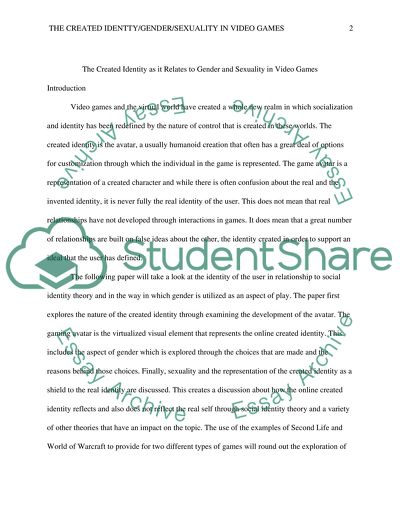Cite this document
(“VIRTUAL WORLDS, VIDEO GAMES &GAMES Research Paper”, n.d.)
VIRTUAL WORLDS, VIDEO GAMES &GAMES Research Paper. Retrieved from https://studentshare.org/journalism-communication/1617110-virtual-worlds-video-games-games
VIRTUAL WORLDS, VIDEO GAMES &GAMES Research Paper. Retrieved from https://studentshare.org/journalism-communication/1617110-virtual-worlds-video-games-games
(VIRTUAL WORLDS, VIDEO GAMES &GAMES Research Paper)
VIRTUAL WORLDS, VIDEO GAMES &GAMES Research Paper. https://studentshare.org/journalism-communication/1617110-virtual-worlds-video-games-games.
VIRTUAL WORLDS, VIDEO GAMES &GAMES Research Paper. https://studentshare.org/journalism-communication/1617110-virtual-worlds-video-games-games.
“VIRTUAL WORLDS, VIDEO GAMES &GAMES Research Paper”, n.d. https://studentshare.org/journalism-communication/1617110-virtual-worlds-video-games-games.


